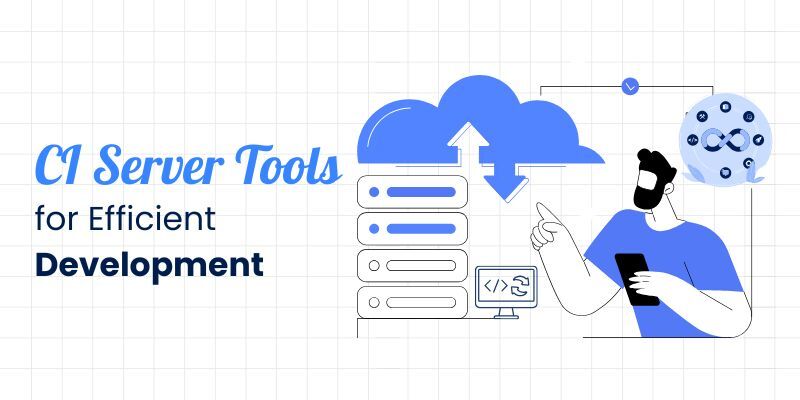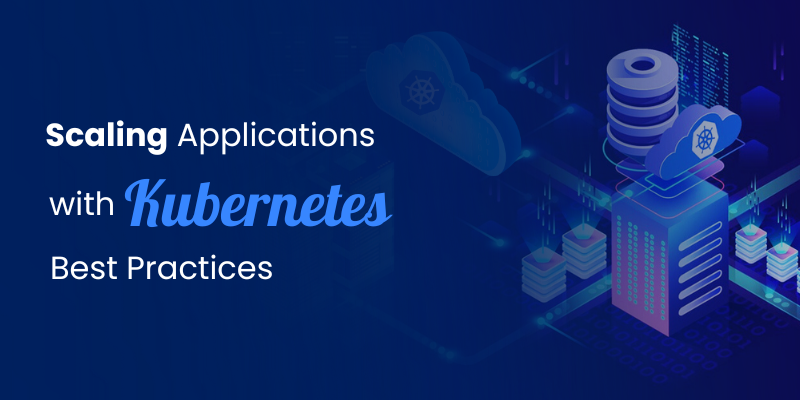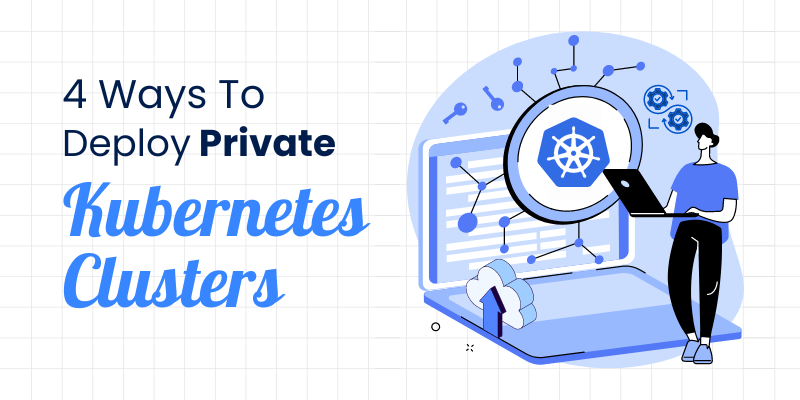
As digital transformation gains momentum, organizations face heightened demands to speed up software delivery while maintaining robust security measures. DevOps services and solutions have transformed software deployment with their focus on continuous integration and continuous deployment (CI/CD).
However, with rising cyber threats, regulatory pressures, and the complexity of cloud-native environments, traditional DevOps pipelines are no longer sufficient.
DevSecOps – the integration of security into every phase of the DevOps lifecycle. In 2025, embedding a DevSecOps solution into your pipeline is a necessity. This blog explores why businesses must adopt DevSecOps tools, platform security solutions, and DevSecOps managed services to stay competitive and secure.
The Evolution from DevOps to DevSecOps
| Aspect | Traditional DevOps (Before) | DevSecOps (After) |
|---|---|---|
| Security Integration | Security is often added at the end of the development lifecycle. | Security is integrated from the start, across the CI/CD pipeline. |
| Responsibility | Security is siloed with specialized teams. | Security is a shared responsibility across Dev, Sec, and Ops teams. |
| Speed vs. Security | Focus is on speed and delivery, sometimes at the cost of security. | Security checks are automated and continuous, with no compromise on speed or safety. |
| Vulnerability Detection | Vulnerabilities are discovered late (e.g., in staging or production). | Vulnerabilities are detected early in the SDLC (e.g., during code commits or builds). |
| Compliance | Manual processes and delayed audits cause compliance bottlenecks. | Continuous compliance enforcement through automated policies and audit trails. |
| Tooling | Uses DevOps tools focused on CI/CD without embedded security layers. | Employs DevSecOps tools for automated scanning, policy enforcement, and secure artifact promotion. |
| Incident Response | Reactive and time-consuming. | Proactive, with threat modeling, early alerts, and remediation suggestions integrated into workflows. |
DID YOU KNOW?
The DevSecOps market was valued at US$ 6.3 billion in 2023 and is expected to grow at a CAGR of 24.7%, reaching approximately US$ 45.93 billion by 2032.
Key Reasons Why DevSecOps is Essential in 2025
The rapid evolution of cyber threats, stricter compliance mandates, and the growing complexity of cloud-native architectures have made DevSecOps an indispensable strategy for organizations that want to maintain both speed and security in their software delivery lifecycle.
1. Rising Cybersecurity Threats
Cyberattacks are becoming more sophisticated, targeting software supply chains, open-source dependencies, and cloud environments. A platform security solution embedded within DevOps ensures real-time threat detection and mitigation.
2. Regulatory and Compliance Demands
With regulations like GDPR, CCPA, and industry-specific mandates (HIPAA, PCI-DSS), businesses must ensure compliance throughout the software lifecycle. DevSecOps managed services help automate compliance checks, reducing audit risks.
3. Cloud-Native and Microservices Complexity
As organizations adopt Kubernetes, serverless architectures, and multi-cloud strategies, attack surfaces expand. DevSecOps solutions provide visibility into containerized environments, API security, and infrastructure-as-code (IaC) risks.
4. Speed vs. Security Dilemma
Traditional security gates slow down DevOps pipelines. DevSecOps automates security testing (SAST, DAST, SCA) within CI/CD, ensuring rapid yet secure deployments.
5. Cost of Late-Stage Security Fixes
Fixing vulnerabilities in production is 30x more expensive than addressing them during development (IBM Security). DevSecOps minimizes remediation costs by catching flaws early.
Core Components of an Effective DevSecOps Pipeline
A successful DevSecOps strategy relies on seamlessly integrating security into every phase of development, ensuring speed without compromising safety. Here are the fundamental elements that make DevSecOps work:
1. Automated Security Scanning
- Static Application Security Testing (SAST) – Scans code for vulnerabilities during development.
- Dynamic Application Security Testing (DAST) – Tests running applications for runtime threats.
- Software Composition Analysis (SCA) – Identifies risks in third-party dependencies.
2. Infrastructure as Code (IaC) Security
Tools like Terrascan and Checkov scan IaC templates (Terraform, CloudFormation) for misconfigurations before deployment.
3. Secrets Management
Hardcoded credentials in code are a major risk. Solutions like HashiCorp Vault and AWS Secrets Manager ensure secure secret storage.
4. Continuous Compliance Monitoring
Automated policy-as-code tools (Open Policy Agent, Prisma Cloud) enforce compliance with industry standards.
5. Runtime Protection
Cloud-native application protection platforms (CNAPP) monitor workloads in production for anomalies and attacks.
Implementing DevSecOps: Best Practices for 2025
To successfully implement DevSecOps in 2025, organizations must seamlessly integrate automated security checks into CI/CD pipelines while fostering collaboration between development, security, and operations teams.
- Start with a Security-First Culture
- Train developers on secure coding practices.
- Foster collaboration between DevOps, security, and compliance teams.
- Integrate Security into CI/CD Pipelines
- Use DevSecOps tools like GitLab Secure, Snyk, Aqua Security to automate security scans.
- Implement shift-left security to detect issues early.
- Leverage Managed DevSecOps Services
For organizations lacking in-house expertise, DevSecOps managed services provide end-to-end security integration, monitoring, and incident response.
- Adopt Zero Trust Architecture
Assume breaches can happen. Implement least-privilege access, network segmentation, and continuous authentication.
- Monitor and Improve Continuously
- Use AI-driven platform security solutions for real-time threat intelligence.
- Conduct regular security drills and retrospectives.
The Business Impact of DevSecOps Adoption
Merging speed, security, and compliance into a competitive advantage.
Faster, More Secure Releases
Automated security checks reduce bottlenecks, enabling rapid yet secure deployments.
Reduced Risk of Breaches
Proactive vulnerability management minimizes exposure to cyber threats.
Cost Savings
Early detection of security flaws reduces remediation costs and downtime.
Competitive Advantage
Customers and partners trust organizations that prioritize security, enhancing brand reputation.
Conclusion
The future of software delivery lies in DevSecOps. Organizations that fail to integrate security into their DevOps pipelines risk breaches, compliance penalties, and operational inefficiencies. By adopting DevSecOps solutions, automated security tools, and managed services, businesses can achieve both speed and security.
In 2025, DevSecOps is the foundation of resilient, compliant, and high-performing software delivery.
Ready to Secure Your DevOps Pipeline?
Explore leading DevSecOps tools and platform security solutions today to future-proof your software delivery



